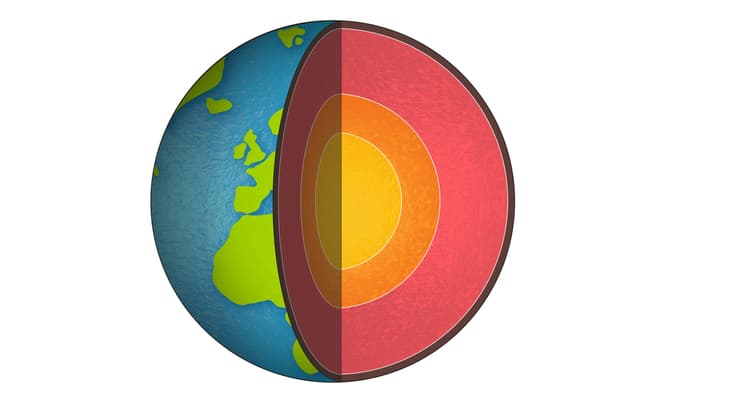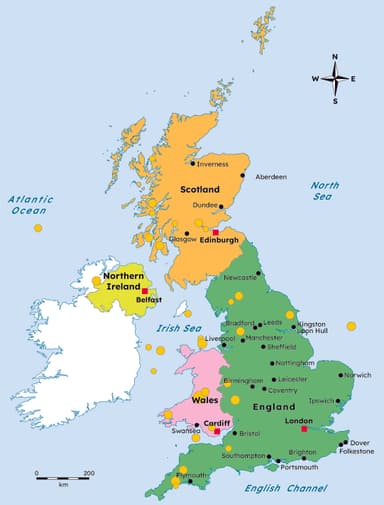Myths about teaching can hold you back
- Year 6
The location of major earthquake zones
I can describe and explain the location of major earthquake zones.
- Year 6
The location of major earthquake zones
I can describe and explain the location of major earthquake zones.
These resources were made for remote use during the pandemic, not classroom teaching.
Switch to our new teaching resources now - designed by teachers and leading subject experts, and tested in classrooms.
Lesson details
Key learning points
- Every 30 seconds there is an earthquake somewhere in the world - including in Britain.
- Maps can be investigated to locate major earthquake zones.
- Earthquakes occur near the boundary of tectonic plates.
Keywords
Tectonic plates - The huge pieces that Earth’s crust is broken into are known as tectonic plates.
Plate boundaries - The point where two tectonic plates meet is known as a plate boundary.
Mantle - The mantle is the layer between Earth’s outer core and crust. It is the largest layer of Earth and is mostly semi-molten lava.
Common misconception
Earthquakes only occur at tectonic plate boundaries.
Earthquakes can occur anywhere in the world, but they are most commonly found at tectonic plate boundaries.
To help you plan your year 6 geography lesson on: The location of major earthquake zones, download all teaching resources for free and adapt to suit your pupils' needs...
To help you plan your year 6 geography lesson on: The location of major earthquake zones, download all teaching resources for free and adapt to suit your pupils' needs.
The starter quiz will activate and check your pupils' prior knowledge, with versions available both with and without answers in PDF format.
We use learning cycles to break down learning into key concepts or ideas linked to the learning outcome. Each learning cycle features explanations with checks for understanding and practice tasks with feedback. All of this is found in our slide decks, ready for you to download and edit. The practice tasks are also available as printable worksheets and some lessons have additional materials with extra material you might need for teaching the lesson.
The assessment exit quiz will test your pupils' understanding of the key learning points.
Our video is a tool for planning, showing how other teachers might teach the lesson, offering helpful tips, modelled explanations and inspiration for your own delivery in the classroom. Plus, you can set it as homework or revision for pupils and keep their learning on track by sharing an online pupil version of this lesson.
Explore more key stage 2 geography lessons from the Earthquakes: how do they change the world? unit, dive into the full primary geography curriculum, or learn more about lesson planning.

Equipment
Computers can be used to access the USGS website.
Content guidance
- Depiction or discussion of violence or suffering
Supervision
Adult supervision required
Licence
Prior knowledge starter quiz
6 Questions
Q1.How many countries make up the UK?
Q2.View the diagram and order the layers of Earth starting with the inner most layer.

Q3.The strength of an earthquake is also called its...
Q4.Which scale is commonly used to measure the magnitude of earthquakes?
Q5.Earthquakes with a magnitude of 7-10 on the moment magnitude scale are classed as...
Q6.Earthquakes with a magnitude of 1-3 on the moment magnitude scale are classed as...
Assessment exit quiz
6 Questions
Q1.Approximately, how often do earthquakes occur around the world?
Q2.What are tectonic plates?
Q3.What does the yellow circle represent in the diagram shown?



